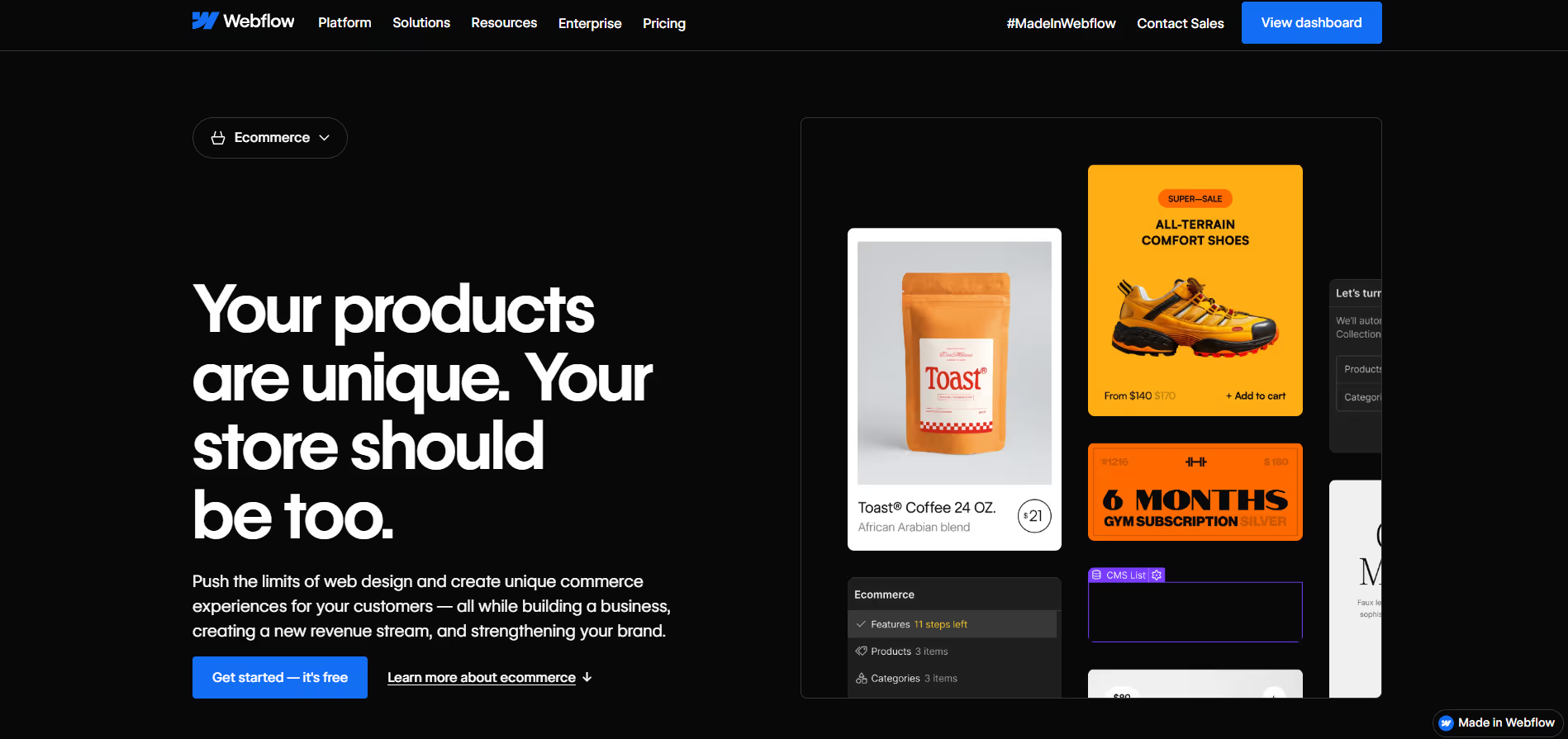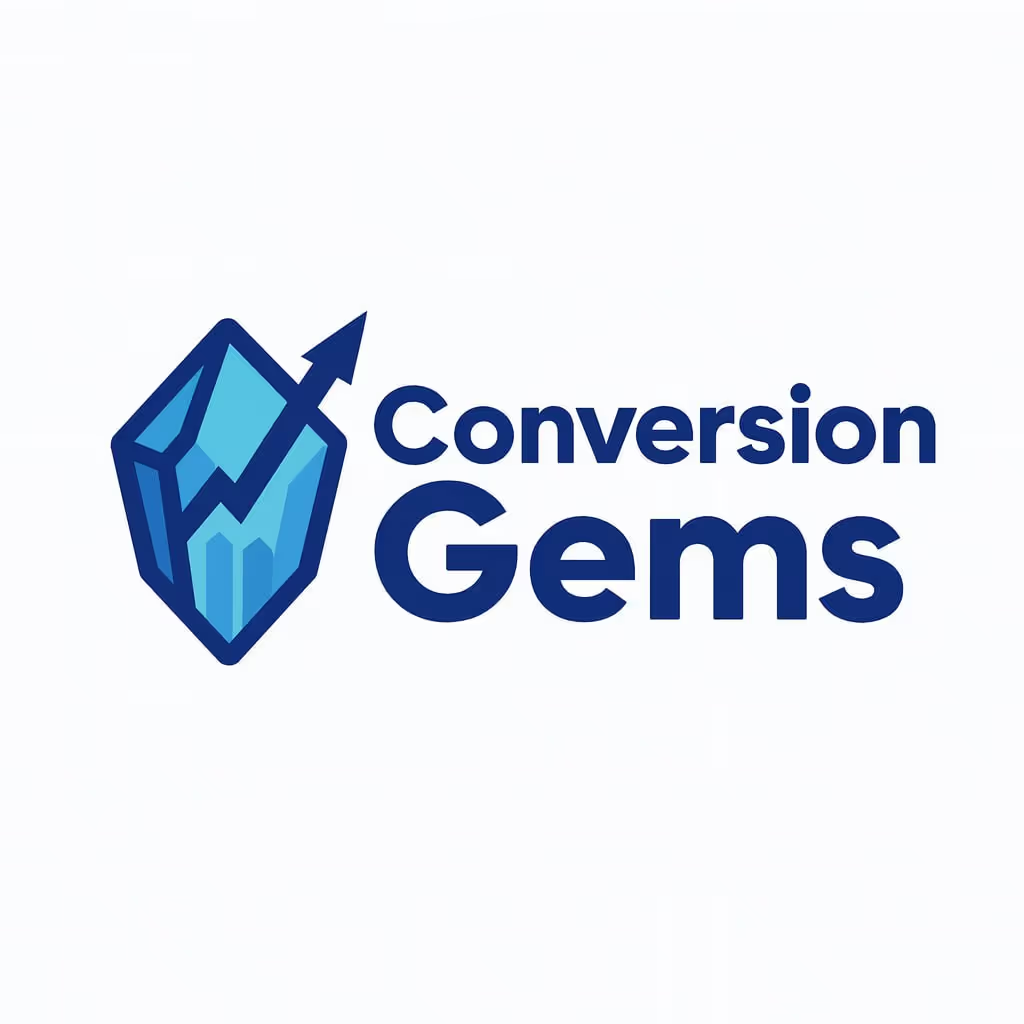Tool Insights
Home > Tools > Tool Details
Webflow Ecommerce
Description
Customizable ecommerce builder with visual design freedom and powerful store features.
Webflow Ecommerce lets businesses design, build, and launch online stores with full control over design and user experience—without sinking into backend complexity. It offers tools to manage products, customize product and category pages, set up checkout and cart flows, manage orders, configure shipping, and handle taxes. The platform integrates with payment providers like Stripe, PayPal, Apple Pay and Google Pay. On the design side, Webflow provides drag-and-drop layout tools, customizable product fields and variants, brandable transactional emails, dynamic embeds, and animations to make stores visually unique. The CMS (content management system) ties in closely, allowing you to showcase products inside blog posts, build marketing content, and maintain a consistent brand feel. It’s ideal for businesses that want both aesthetics and function.
Key Applications
- Design a store from scratch or using templates with full control over layout and branding.
- Sell physical or digital goods with product variants and custom product attributes.
- Manage orders, inventory, taxes, shipping rules, and payment options via built-in store dashboard.
- Integrate marketing: embed products in blog posts, run email campaigns, manage SEO, analytics.
Who It’s For
Webflow Ecommerce is for designers, creative businesses, boutique store owners, and startups who care deeply about how their store looks and feels. If you want to avoid the “template-look” stores and want to fine-tune every detail—from animations to checkout flows—and you don’t mind learning the interface, this can be a strong fit. If you need extremely advanced ecommerce features (subscription systems, very large catalog, complex shipping zones) you’ll want to check if Webflow’s features match your requirements.
Pros & Cons
How It Compares
- Versus hosted ecommerce platforms like Shopify: Offers more design control, fewer built-in apps/marketplace extensions.
- Versus drag-and-drop site builders without ecommerce: Adds store, checkout, order, and product management features.
- Versus custom built stores: Less technical maintenance, faster design iteration, but might have some limits on backend extensibility.
Bullet Point Features
- Full store design customizability: product pages, cart, checkout, interactions.
- Supports physical & digital products, variants, custom product fields.
- Multiple payment gateways (Stripe, PayPal etc.), automatic tax & shipping settings.
- Branded transactional emails, custom checkout, order management.
- CMS integrations, SEO tools, analytics, blog + product content mixing.
Disclosure
All product names, logos and brands are property of their respective owners. Use is for educational and informational purposes only and does not imply endorsement. Links are to third-party sites not affiliated with Barndoor AI. Please see our Terms & Conditions for additional information.



.avif)




